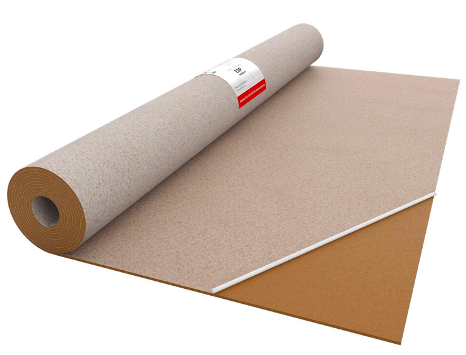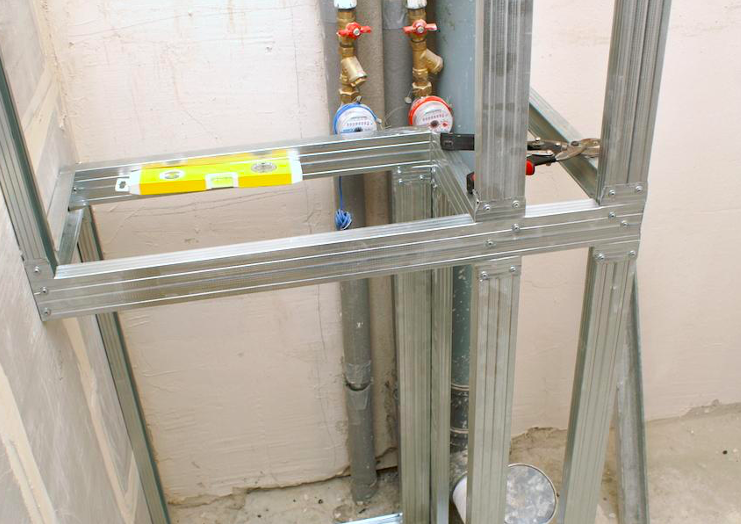There are several options for painting polypropylene. Acrylic compositions are most often used, which are distinguished by a wide choice of colors, affordable price and ease of application. Below are the rules for choosing paints, as well as methods and step-by-step instructions for applying them.
The content of the article
- How to choose paint
-
Step-by-step instruction
- Hand painting
- Aerosol application
How to choose paint
First you need to understand how to paint polypropylene pipes. It should be an inexpensive composition that is easy to apply, dries quickly and adheres to plastic. Since the surface properties are quite simple, you can choose almost a different paint:
- For ceilings and walls, this is one of the most common options for painting plastic pipes. It is inexpensive, uses sparingly and dries quickly. The only limitation is that such mixtures cannot be used for hot pipes, since the surface will soon begin to peel off.
- The polyurethane-based composition lies evenly on the surface and can withstand even strong heat. Therefore, there is no doubt whether it is possible to paint polypropylene pipes with this composition. In addition, it is possible to choose different colors that match the design of the room.
- Another option is dyes for metal pipes. They also adhere well to the surface, but have a thick consistency. Therefore, application will require certain skills. Or you can dilute it a little with a solvent, which is purchased separately.
- There is also a way to properly paint heating pipes in an apartment - using inexpensive acrylic compounds. They are designed for plastic surfaces, are easy to apply and are inexpensive.
Step-by-step instruction
The answer to the question of whether it is possible to paint polypropylene heating pipes is positive. The work is carried out in several stages - first you need to prepare the surface and then apply the composition. Moreover, this can be done in two ways - mechanized (using an aerosol) and manually (traditional technology).
Hand painting
If painting polypropylene pipes is done manually, you need to proceed as follows:
- First, the surface is ground so that it has a slight relief, i.e. no longer smooth. To do this, use sandpaper 220 or higher and wear gloves. Process in a circular motion, passing the entire length of the pipe.
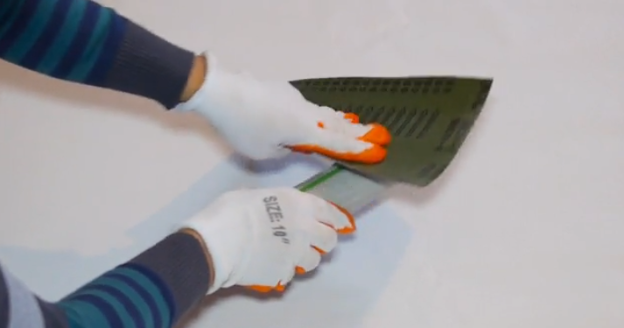
- When it’s clear how to paint a PVC pipe, take a dry rag and pour a little acetone on it. The composition is rubbed into the plastic to remove remaining sandpaper grains and make the surface porous.
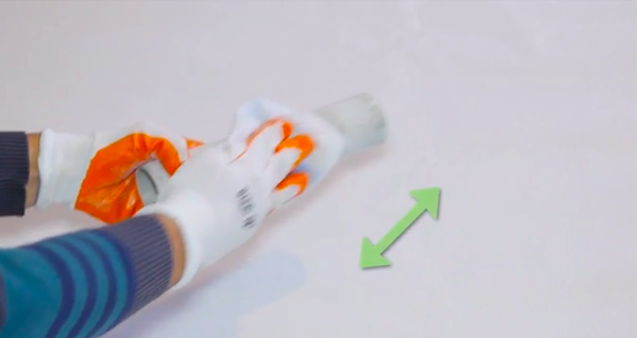
- Now you need to let the surface dry completely and prepare the composition. The instructions depend on what you use to paint the polypropylene pipe. In most cases, no preliminary work is required. But if you use a regular composition for metal, it must be diluted with a solvent according to the instructions.
- Take a brush and apply the first layer with sweeping, smooth movements. You need to go completely from one end to the other, turning the brush or the pipe itself. The brush should be small and the bristles should be soft. Moreover, it should be slightly wider than the surface being treated.

- The main way to paint a PVC pipe is to apply 2 layers. When the first one is completely dry, a secondary treatment is carried out. If the color has thickened enough and become bright, the work can be completed. Next, wait 1 to 2 days for the composition to dry completely. In this case, there is no need to try to apply the mixture very thickly. It is better to do 2-3 layers so that the surface becomes attractive, without smudges.
Aerosol application
This is a more convenient way to paint polypropylene pipes, but in this case you will need to purchase a special spray can. The surface is prepared in exactly the same way, and then proceed as follows:
- Apply the first layer in an even motion, spraying the paint over its entire length. They wait for half an hour.
- Next, apply an additional layer and again wait 30 minutes.
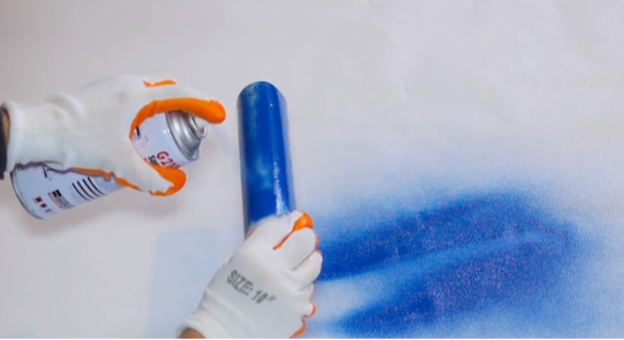
- Then another one until the color becomes intense.
Thus, you can paint the pipe yourself. Moreover, both before installation and after it (but in the latter case it will be more difficult to work). It works best at moderate temperatures and low humidity. To speed up drying, open the windows, but there should be no draft. It is enough just to ensure a constant flow of fresh air.

